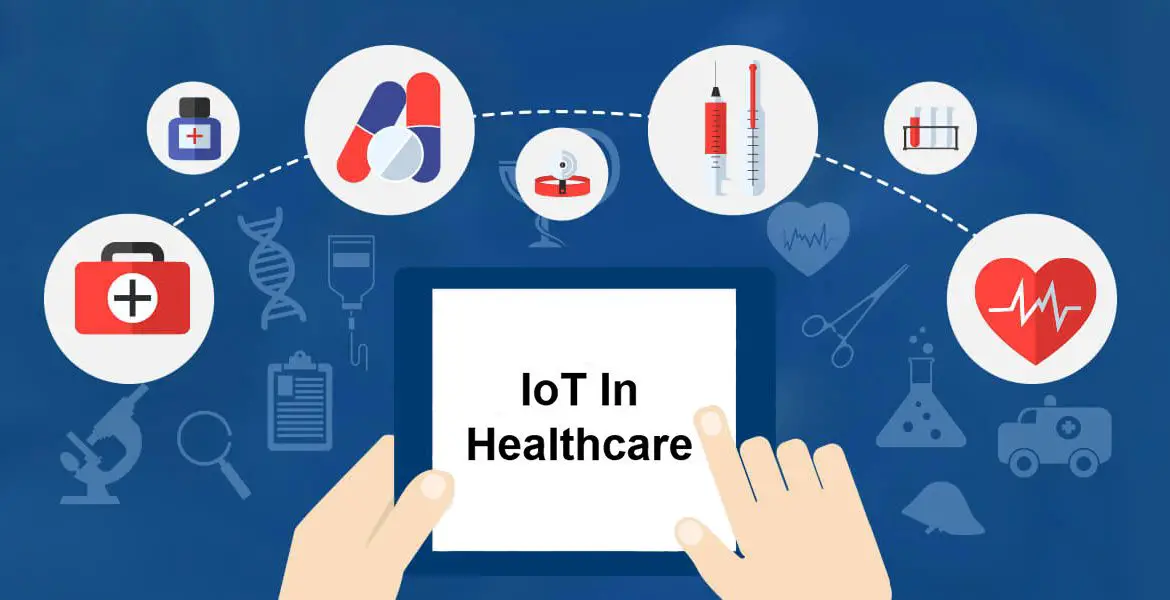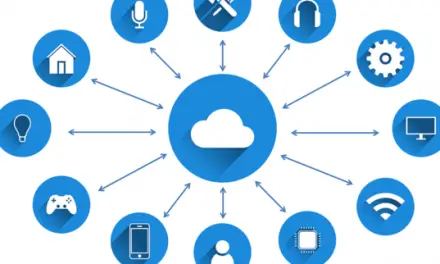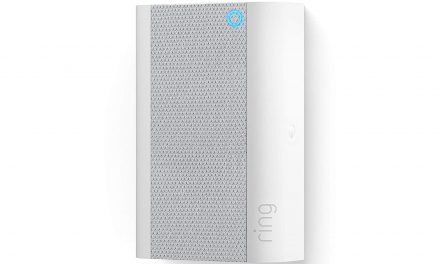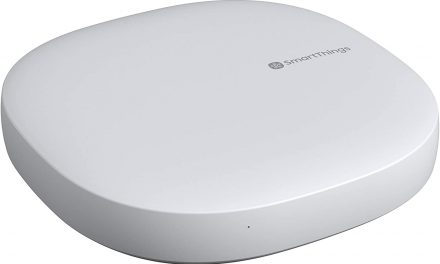More and more people are being born. According to an estimate by the US Census Bureau, the world world population estimate in June 2019 shows that the current global population is 7,577,130,400 people. This puts a strain on existing healthcare methods as traditional systems now struggle to keep up with the growth in the population. IoT in healthcare was introduced to combat this issue, and this article explains exactly how it is changing the healthcare sector.
Before we get into healthcare IoT, let us first define the term IoT.
Table of Contents
What is IoT?
The Internet of Things (IoT) is a system of interrelated computing devices, mechanical and digital machines, objects, animals or people that are provided with unique identifiers and the ability to transfer data over a network without requiring human-to-human or human-to-computer interaction. The Internet of Things in Healthcare is commonly referred to as IoHT.
Features of IoHT Solutions
Flexibility
The systems can be integrated with existing technologies through modifying the software and hardware present in the healthcare facilities.
Personalization
The systems can be adapted to suit each healthcare facility present.
Remote or automatic management
This is easily done as the IoT devices are connected to the cloud. This means that it is quite possible to manage healthcare systems in one part of the world, when you are in another part of the world.
Cheap
The healthcare IoT devices are quite cheap to design and construct. This allows for remote monitoring of patients as the data is sent through wearable technology. This reduces the need for patients to visit the doctors, thus resulting in cost savings.
Real Time
The data is transmitted from healthcare IoT devices to the cloud in real time.
Advantages of IoHT Solutions
For Patients:
1. Automatic Reminders.
These can be used to remind the patients to take their medication at pre-determined intervals. It can also be used to remind the patient of a check-up that is coming up soon.
2. Remote Medical Consultations
This can be used to allow for the patient to communicate with a doctor remotely, and be given advice based on the symptoms present. This is quite useful when the patient is located in a remote area that is hundreds of kilometres away from any hospital.
3. Fast Access to Medical Care
This is a key benefit of healthcare IoT devices as they allow for automatic transfer and analysis of data. This means that there will be fast and easy notification to the hospital staff about any problems that are being faced by the patient e.g. irregular heartbeat, breathing challenges, etc. This allows the personnel to prepare for the patient way before he comes to the hospital.
For Medical Staff
1. Constant Access to Patients Full Medical History
This is a key benefit when diagnosing a patient. The symptoms present may indicate the presence of a particular illness, but when the doctor accesses the medical history, he may discover that the illness he thought the patient was suffering from is completely different from the illness that is present.
2. Easy Location of Patients
This allows the medical staff to know exactly where to go in the event that the algorithms present detect an abnormality based on the data from the IoHT sensors present. This will greatly reduce their response time, and will allow them to travel to the site with any essential equipment e.g. some patients may need a wheel chair, some will need breathing devices, and others in serious situations may need a defibrillator.
3. Availability of Information
IoT in healthcare allows the medical personnel to access the database of the patients using a web browser. This means that they can easily obtain all the information that they need such as the blood type of the patient, their next of kin, allergies they have, and any medical conditions that they had in the past. In some countries, it is even possible for different hospitals to get access to information about the patients. This therefore means the patient can get into any hospital in the country, and get guaranteed that the doctor present will be able to diagnose any health problems present quickly and efficiently.
For Managers and IT Staff
1. Geo Fencing
This simply means creating a virtual barrier using GPS. When any devices present in the premises of the hospital leaves that virtual barrier, then the IT managers are notified, and they immediately notify the police.
2. Automatic Control
This allows IT staff to automatically control the various systems present e.g. lighting systems. This results in energy savings. In addition, remote debugging and troubleshooting may be carried out, which means the IT staff can help out their colleagues at the facility whilst they are in another part of the world. In addition, this also allows the analysis of resource consumption. Preventative measure can be immediately taken if there are any challenges noted.
Challenges of IoHT Solutions
1. Data Security and Privacy
This is the most significant threat to IoT in healthcare. The IoT devices usually lack strict data security protocols and standards. This makes the data highly susceptible to cyber criminals who can use the data for phishing, or even blackmail.
2. Integration
The various healthcare IoT devices do not currently have a single standard/protocol that they use for communication. This non uniformity of the connected device’s protocols results in the process of integration being slowed down. This reduces the scope of scalability of healthcare IoT devices.
3. Data Overload
Since the various healthcare IoT devices do not currently use the same communication standards/protocols, it makes it difficult to collect the data. The IoT devices record and send a lot of data. Deriving insights from the data will be quite challenging, and this is a problem as doctors will need those insights to carry out good decision making. This is a challenge as more and more IoT devices are being made that are sending even more data and making the situation even more challenging.
Conclusion
This article explained the advantages and disadvantages of IoT devices present in the healthcare systems. The advantages and disadvantages of these IoHT devices were also elaborated.
We hope you now appreciate the importance of the Internet of Things.






